In my tweens my father let me play with a model steam engine that my grandfather had built, so I was told, from a Stuart Turner kit from England. I’d occasionally take the engine, its boiler, a small crescent wrench, a box of matches, and a handful of black licorice and set up on the concrete patio in the back of the house. Stuart steam engine models date back to 1898. I'd guess that my grandfather's is now about 90 years old. It doesn't have a lot of hours on it and still runs smoothly.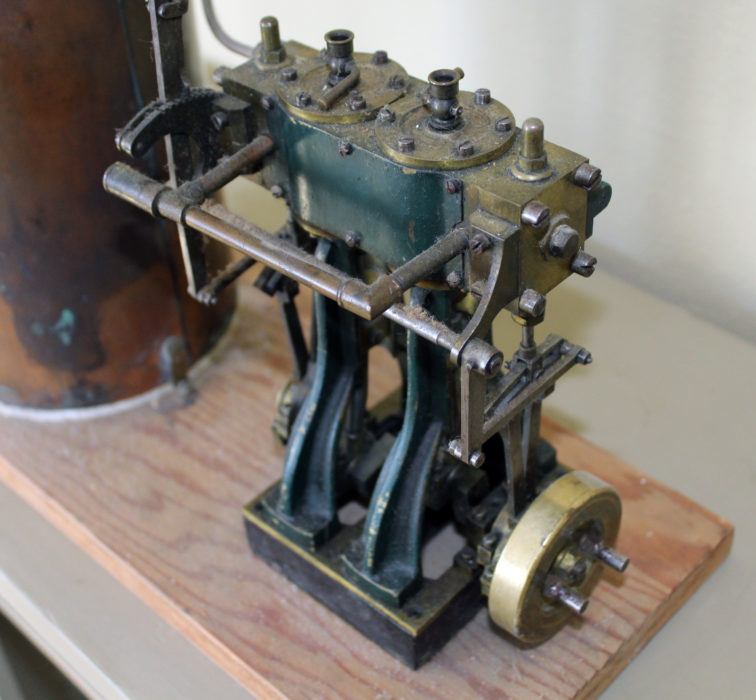
Join The Conversation
We welcome your comments about this article. To include a photo with your remarks, click Choose File below the Comment box.

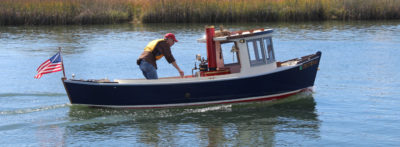


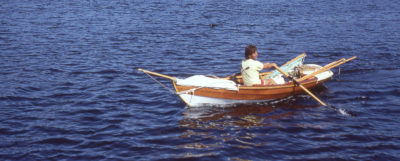
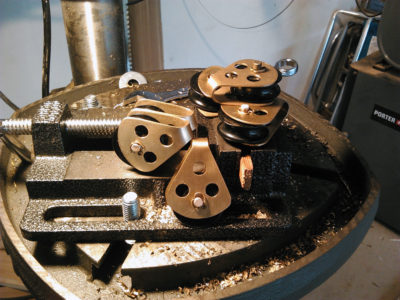

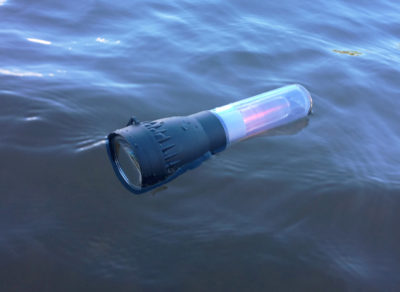

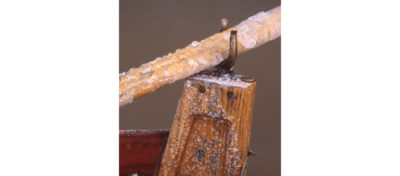

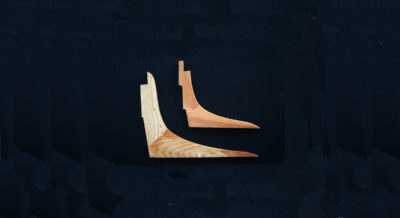
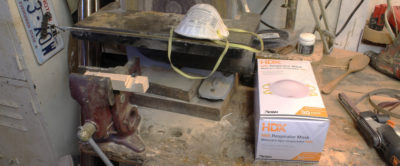
Too cool. Great stuff! Bill Garden would have loved it.
R
If anyone is interested in steam boats, locomotives, cars, etc., check out the Northwest Steam Society.
$20 a year for membership and quarterly news letter with lots of advice and wisdom on steam projects.
…or in the UK, The Steamboat Association of GB. They also run a forum which may answer some of the technical questions here.
The 1962 Boatbuilding Annual from Sports Afield magazine featured a 20′ steamer by David Beach. Had a plywood V-bottom hull and was double ended. He suggested an engine made by the Semple company, if I remember correctly.
That was a great series of magazines, and at one time my dad had most of them, which I inherited. There were some good designs, by Beach, Edson Shock, Bruce Crandall, Weston Farmer, and Rogers Winter. One designer, Hi Sibley, drew some of the ugliest designs ever produced by a sentient being. And one, who shall remain nameless (as I have an aversion to litigious attorneys), stole designs from other naval architects. One of those was for a husky outboard utility/fishing boat originally by Luther Tarbox, and another of a low-powered displacement cruiser by John Atkin. This design thief would copy the lines exactly, and reproduce almost word for word the introductory rationale for the design parameters. I never heard whether any of his victims tried to bring him to account.
My dad actually built a little 8′ plywood skiff from a How to Build 20 Boats magazine, and I enjoyed it for fishing and dinking around for quite a few years.
I was very sad to see the demise of those magazines, as they provided a lot of material for daydreaming. There was also “How to Build 20 Boats,” and “Boatbuilder’s Handbook”, which featured designs by William D. Jackson. “Mechanics Illustrated” and “Science and Mechanics” were publishers of some of these, and there were others.
Of course, the advent of fiberglass and aluminum boats that you could buy at your local department store put and end to these great publications.
In the mid-fifties, while on vacation in Stonington, Maine, my father picked up a 6-hp steam engine with a Stevenson Link that had been salvaged from an old logging tug. The engine followed my parents through 13 moves for 50 years while my father dreamed of building a suitable launch to go around it, but sailboats always prevailed. Nonetheless, for many years in the sixties he subscribed to Light Steam Power, which I loved to read and look at as a kid. Lots of great photos and drawings of steam launches and other contraptions. The engine was about 4.5 feet tall and weighed hundreds of pounds; my father kept a set of wooden rollers around for the sole purpose of moving it when needed. My mother used to joke that she was going to put a lampshade on it and turn it into decor. Eventually, my father realized the boat wasn’t going to materialize and donated the engine and what he knew of its provenance to the Lumbering Museum in Patton, Maine. Anyone with nautical steam ambitions who could find any old issues of Light Steam Power would find much to enjoy.
Darn! Since my Naval architecture days at Michigan,I’ve dreamed of building a steam launch. Now at 80 years old and three boatbuilding projects behind, it seems I need to refocus. These wonderful articles keep the dream alive.
One of the Northwest Steam Society members is 91 years old. Last year, he went steaming in his boat 76 times! He continues to improve on the boats and engines he has built and is a great inspiration to the rest of us club members.
Like your grandfather’s engine I am 90 years old. Before WW II, Japan made a model steam boat you could run with a small candle. I spent hours running it in the bathtub. I then got a paper route and was able to purchase a running steam engine. My father worked on a steam boat on the Great Lakes, so each summer I got to see real, big steam engines. Brought back a lot of memories. Very good article.
I don’t understand the piston being lubricated by water. Water would be the last thing I would want even close to a piston. Perhaps I am still tied to thinking about internal combustion, and this is, after all, water-pressure (steam-pressure). So what material are the pistons made from that they can be “lubricated” by water? Thank you.
I don’t have an explanation on a scientific, molecular structure level, as to the ability of steam to act as a lubricant. All I know is that it seems to work, although, there will be some wear in the mating surfaces of the cylinder and the rings. Some of the newer engines have Teflon rings which would cut down on friction in the cylinder. Stainless steel would be a good bet for rings and pistons. My humble opinion is that wear in the cylinder and rings is acceptable as opposed to the possibility of introducing oil into the boiler which would render it inoperable. Boilers are very expensive and rings are relatively cheap.
I’m hoping someone can put me in touch with John Leyde, I’d like to ask some detailed questions about the Hammond’s hull and its design/construction.
I’ll send your note and email address to John.
—Ed.